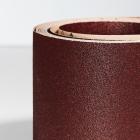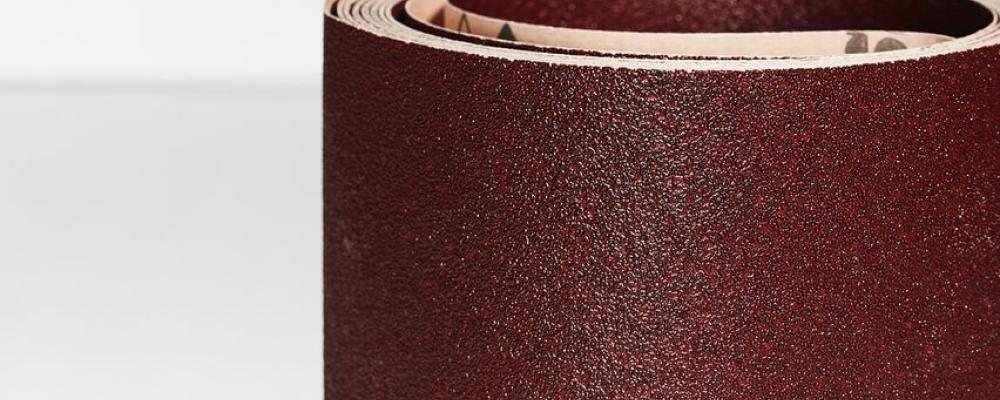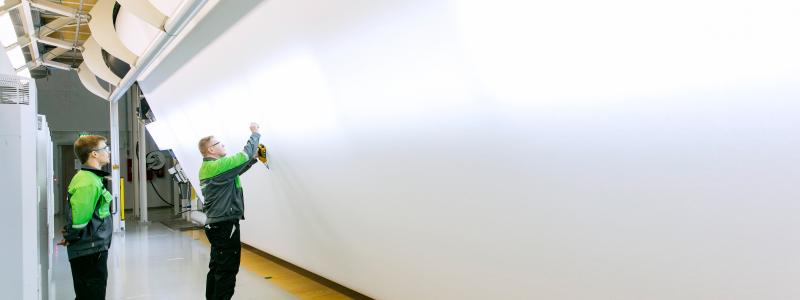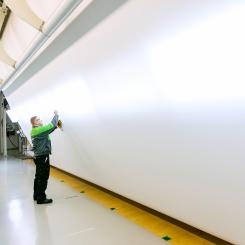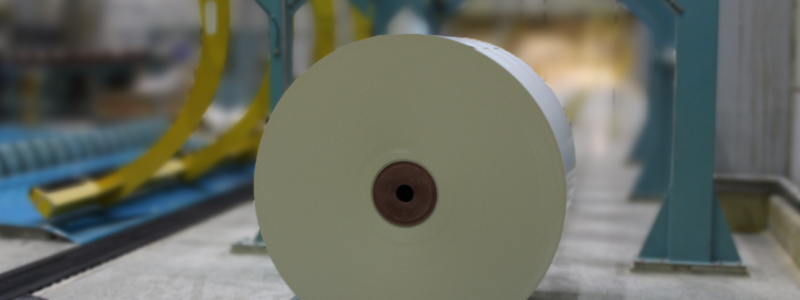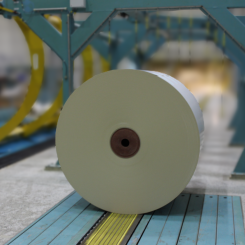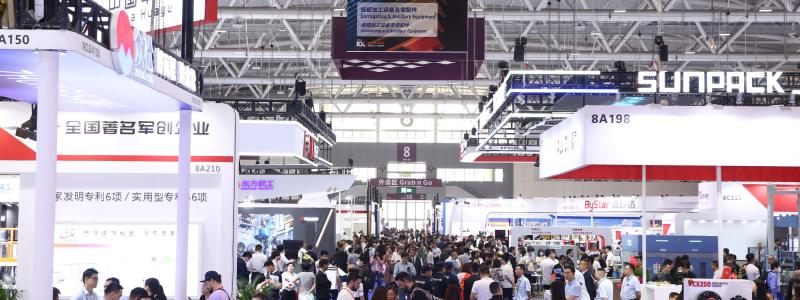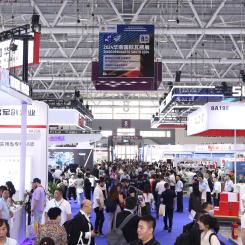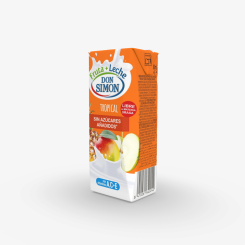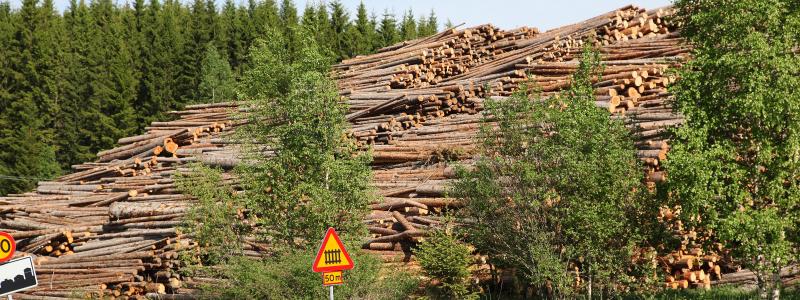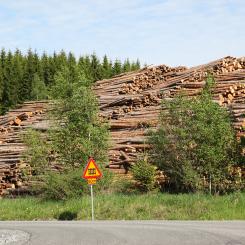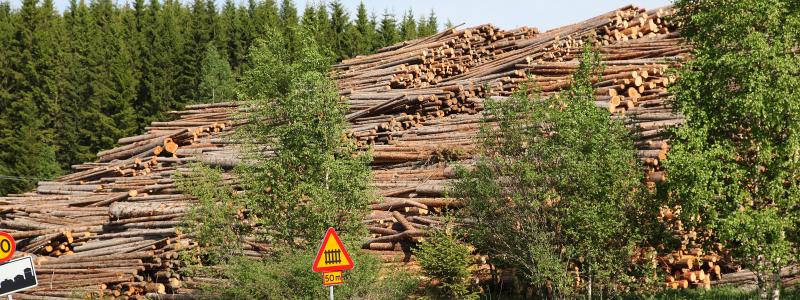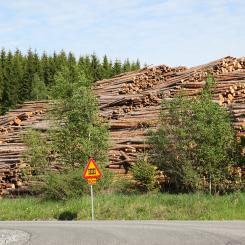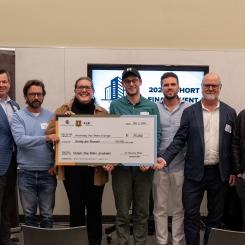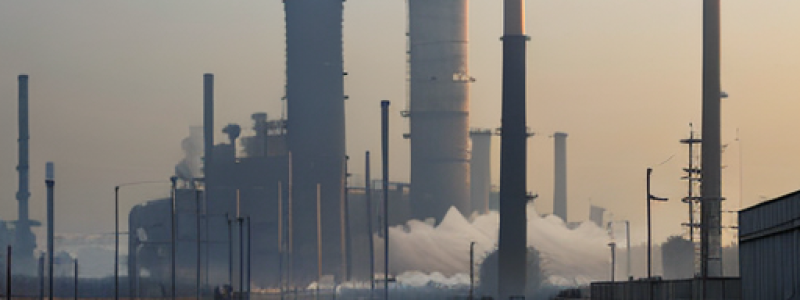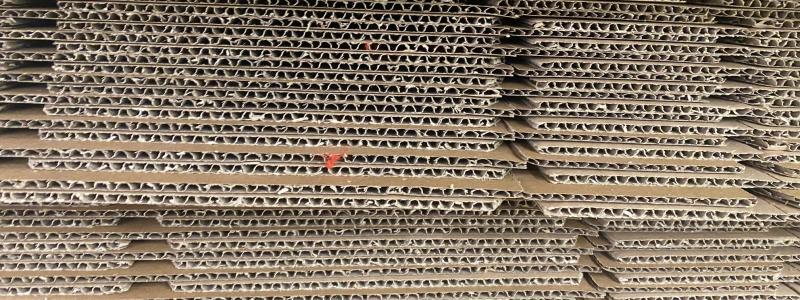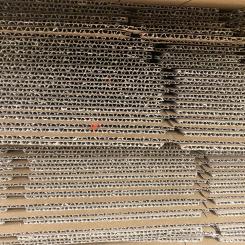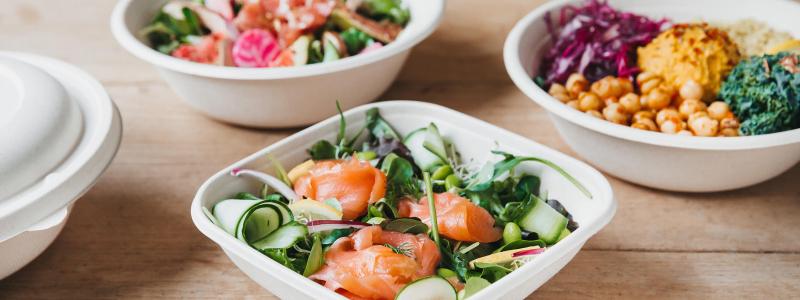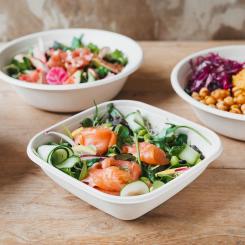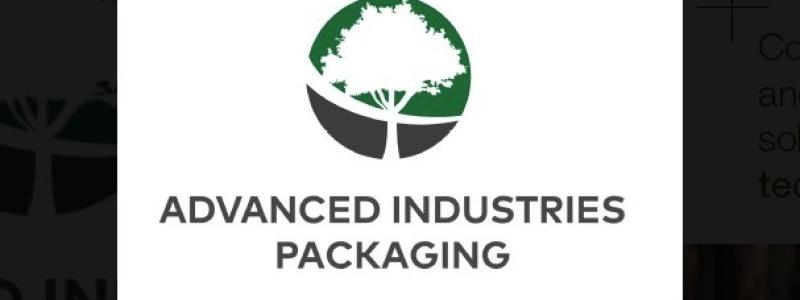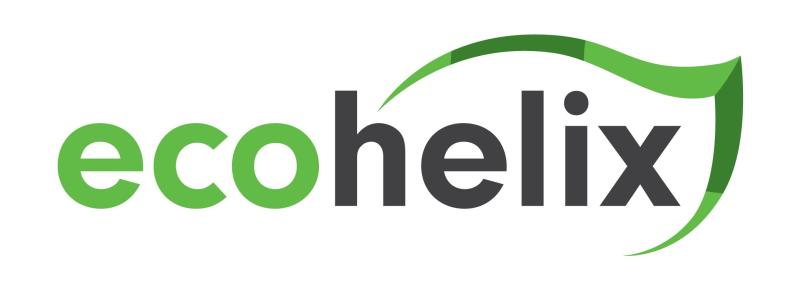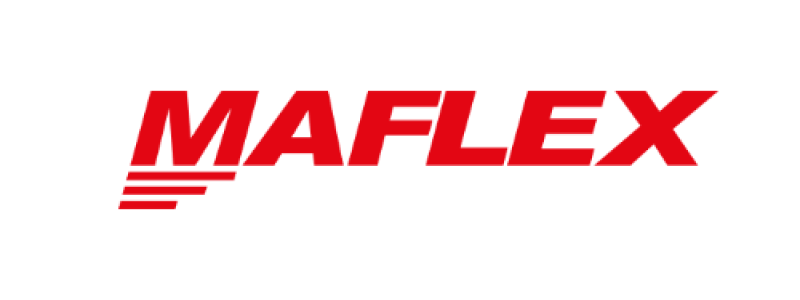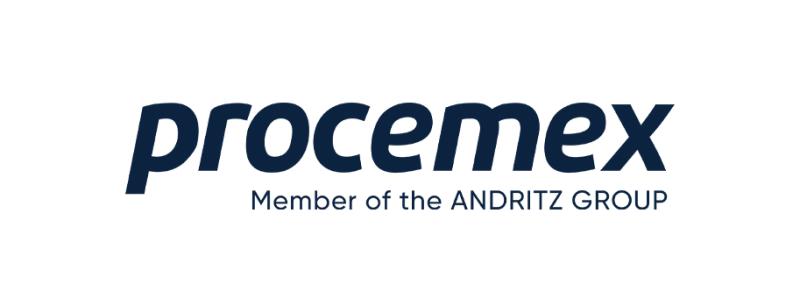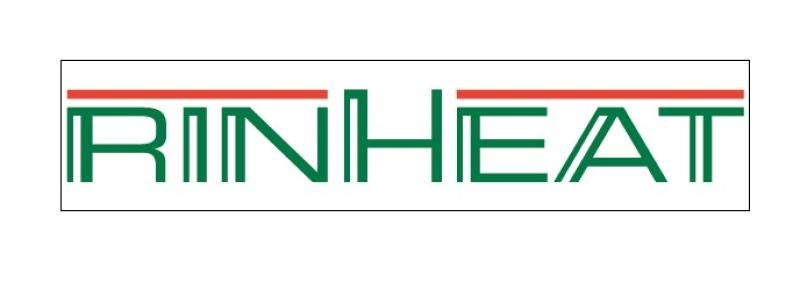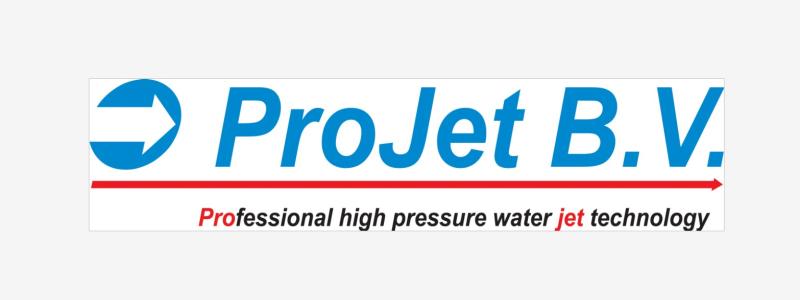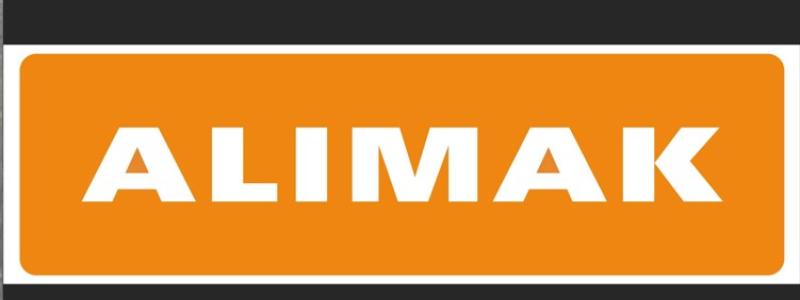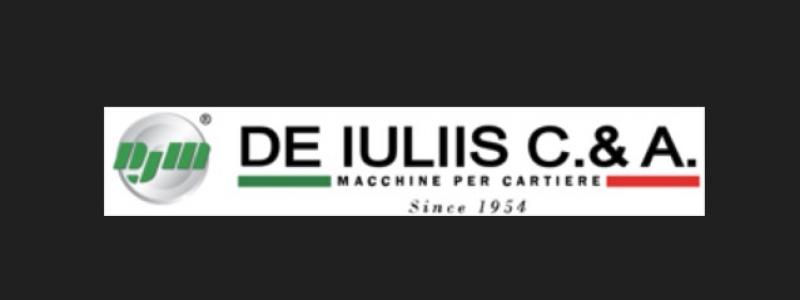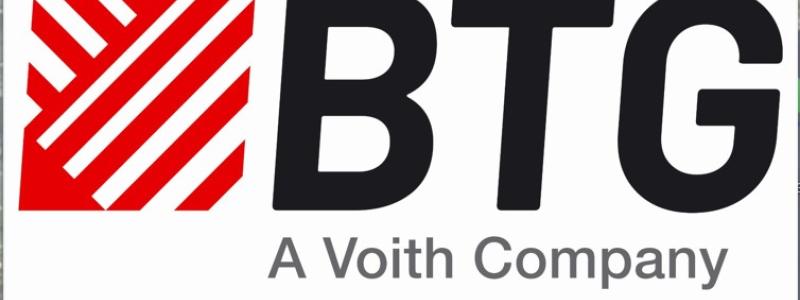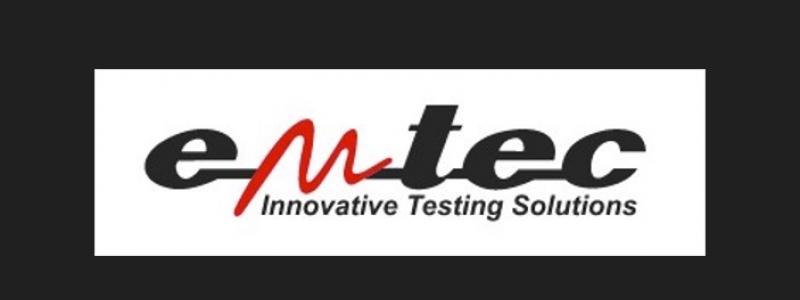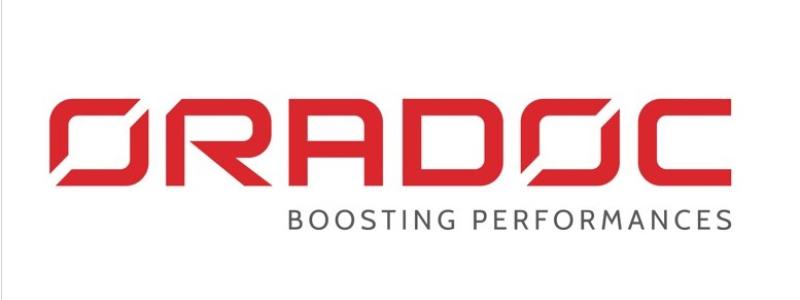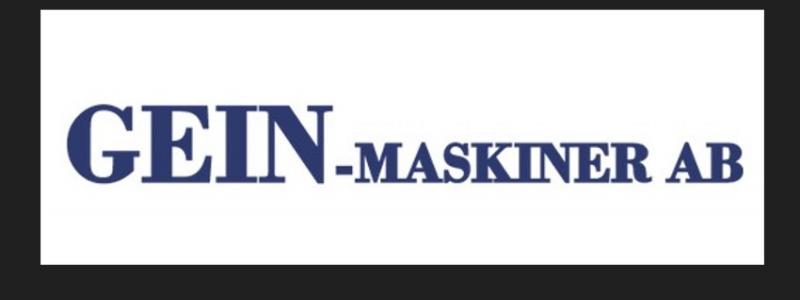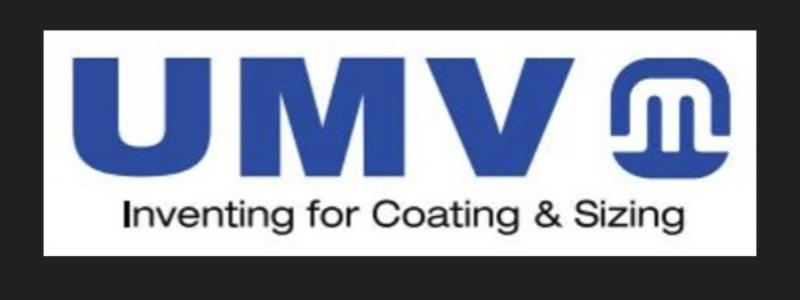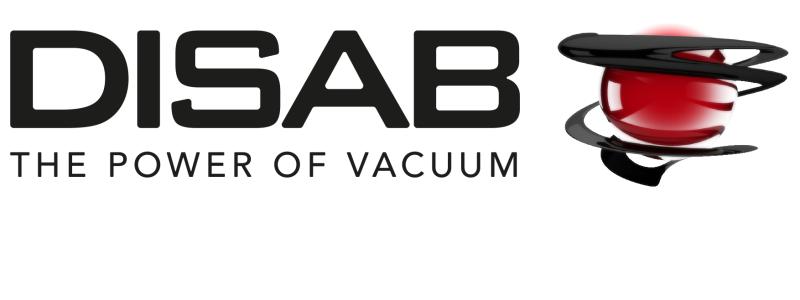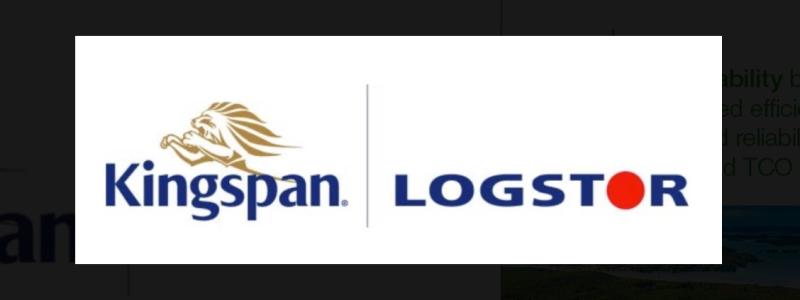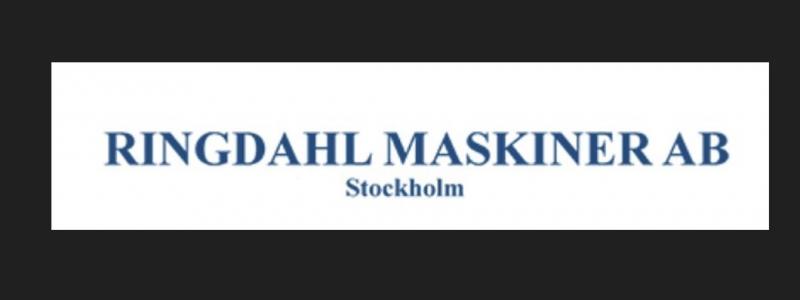The Cartonplast Group published its first comparative life cycle assessment of polypropylene and cardboard layer pads specified by DIN EN ISO 14040/44. This scientifically sound study identified "durability" as the most important factor in reducing environmental impact regarding plastic layer pads and their use for transport packaging in the container industry.
About 10.8 kg of CO2 emissions are avoided – which is 67% lower emissions of greenhouse gases over the entire life cycle of a plastic interlayer. A polypropylene layer pad has significantly better results regarding the environmental impact than the corrugated cardboard alternative interlayer which was also examined.
CEO, Joachim Kreuzburg, commented on today’s publication: "For a transport and logistics company like Cartonplast it was an ambitious endeavour to set up this comparative LCA. Our project team has done a very good job with the compilation and organisation of the data in an interesting and readable report. In the long term we strive for better service for our customers and our environment. We believe that only in this way our success as a market leading company in Europe will continue. I am sure that our study is very well positioned in our partner and customer base as well as throughout the field. Managing Director & CSO, Michael Heikenfeld added: "quality, durability and reliability in the pool system are three important cornerstones of our polypropylene layer pads. Our first LCA should serve as a clear aid to decision-making for the use of plastic layer pads for transport in the container industry. We want to use them to describe and present the Cartonplast-Pool system in new markets as a sustainable business model."
The LCA study was conducted in cooperation with an independent consulting company, the company Sustainserv GmbH (Zürich, Switzerland). In addition the study by TÜV experts was examined and is certified according to the requirements of ISO 14040/44 of the TÜV NORD CERT GmbH environmental verifier.

